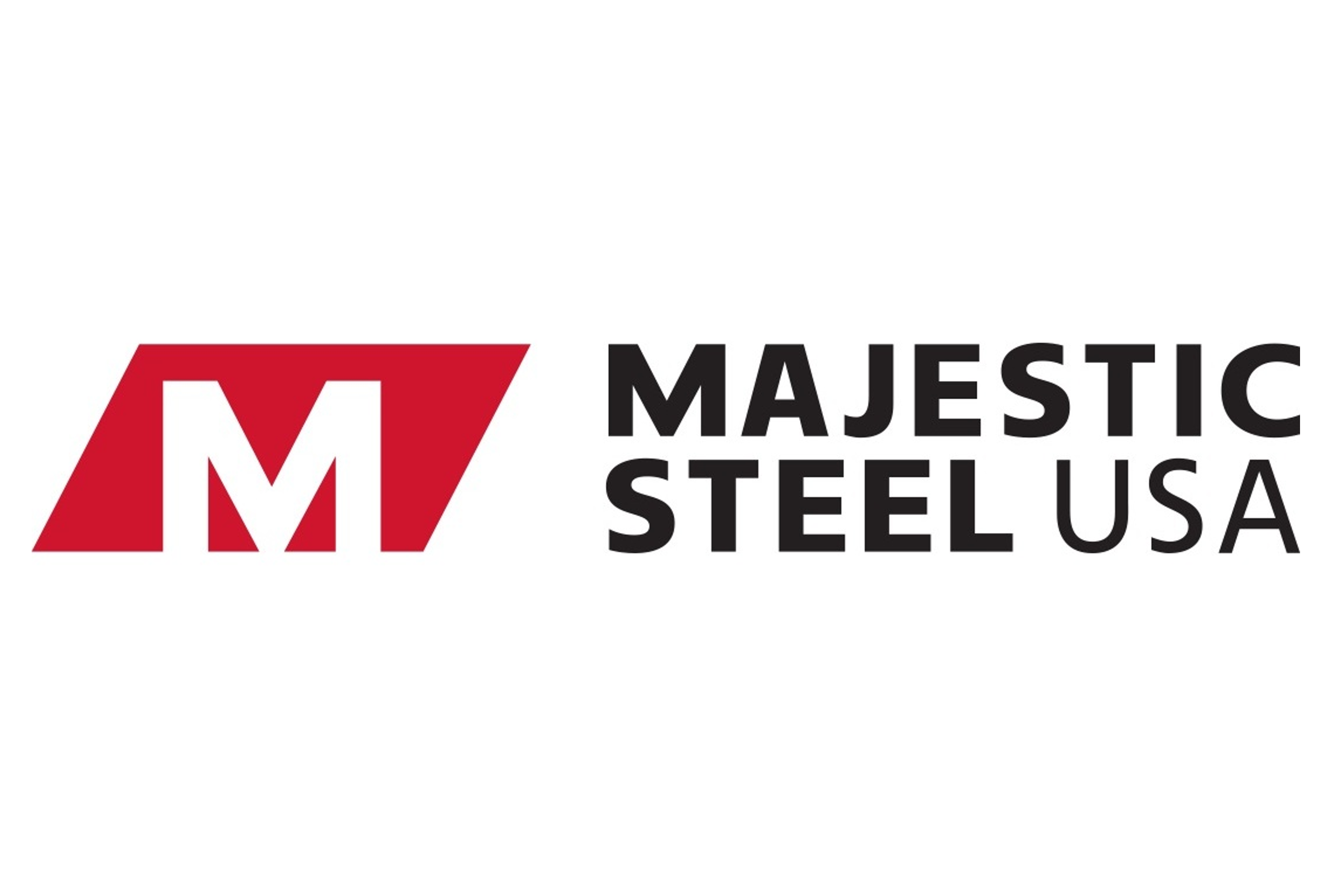Analysis
August 5, 2024
CRU: Wind energy will shape the future of the steel plate market
Written by Matthew Watkins
The wind energy sector continues to be a key feature of our forecasts for steel plate demand. As overall demand in China slows, it will assume a greater importance in shaping future global trends.
As China slows, wind will provide most of global demand growth
The wind energy sector continues to be a key feature of our forecasts for steel plate demand. It is a sector that we discuss regularly and spend a lot of time to understand; and looking at the chart below suggests why. Plate demand from the sector has grown very strongly over the past twenty years, from almost nothing to an estimated 7.5 Mt today.

However, context is everything. Zero to 7.5 Mt sounds highly significant until you compare it with the enormous scale of all other plate demand.

There’s no escaping the gravitational pull of the massive Chinese construction sector, it seems. So why do we continue to dwell on wind?
One reason is simply that even with this context, historical demand growth in the sector has genuinely been strong and this is noteworthy. More importantly, the dynamics of plate, and indeed other steel products’ demand, are now changing as Chinese growth slows and reverses.
As noted, the Chinese construction sector is very large, so as it contracts it is going to have a big impact on steel. We forecast total plate demand from all sources other than the wind sector will decline by almost 30 Mt between now and 2028 – a forecast that reflects China’s decline.
Yet wind will continue to grow. There is a strong pipeline of wind energy projects in multiple regions, fundamentally driven by the twin objectives of decarbonisation and energy security. Especially where these projects are offshore, they will require a lot of steel plate. This growth will now assume a greater importance for plate as a whole.

In turn, this will drive some fundamental changes to regional demand profiles, primarily in Europe and North America where we forecast a multi-year period of plate demand growth.

That said, the total world demand for plate in five years will likely be less than it is today.

This suggests that at a global level there will be more than enough plate supply unless there are capacity reductions. As noted before, the plate needs of the wind sector can be niche, especially for very thick-gauge material. A decline in Chinese construction and growth in global wind energy may therefore not result in exactly offsetting product needs.
Even if the total market is amply supplied, individual plate mills may need investment in thicker/wider capabilities and in associated thick slab casting. The role of geopolitics is also rising, and Chinese plate supply is not necessarily the preferred answer to satisfying demand in all regions. Navigating the future market will remain challenging even if the nature of the challenges is different than those faced in the past.
This article was first published by CRU. To learn more about CRU’s services, visit www.crugroup.com.






